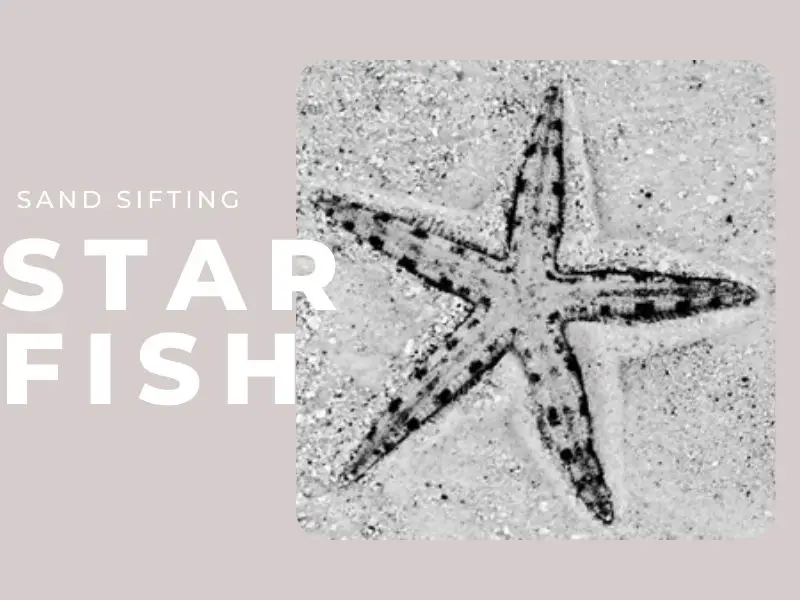I know someone who is enquiring about the care of sand-sifting starfish. My understanding, is that they need a larger, mature aquarium with a decent sand-bed. He insists that a 10 gallon is suitable and cites several websites confirming this.
Any experts out there, that can give advice I can pass along?
Thanks.
Any experts out there, that can give advice I can pass along?
Thanks.



















